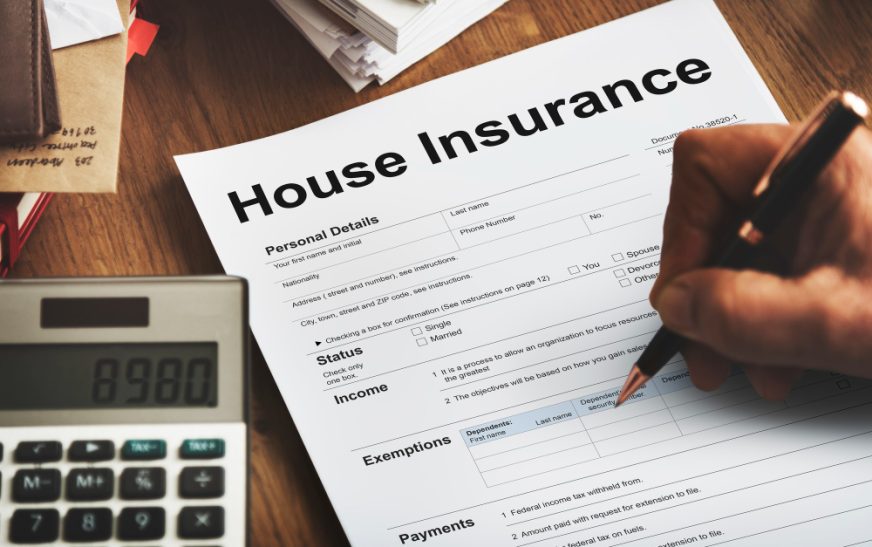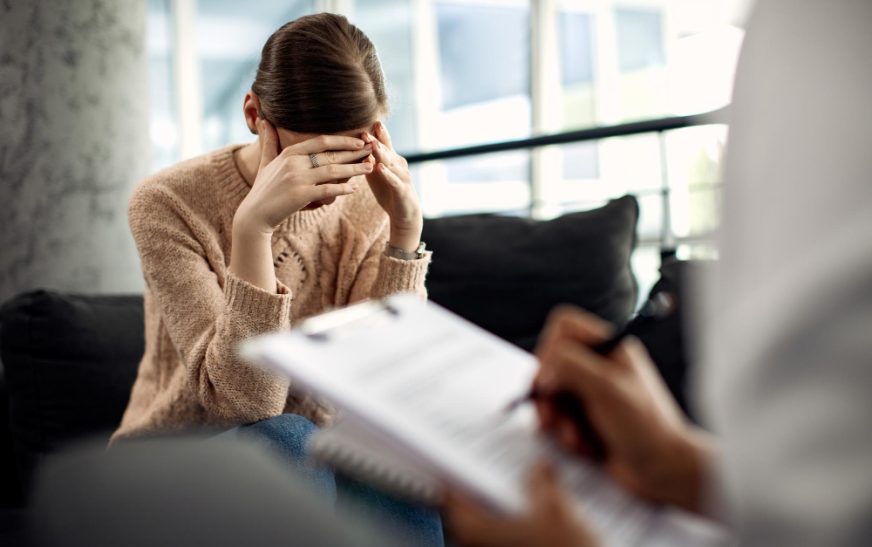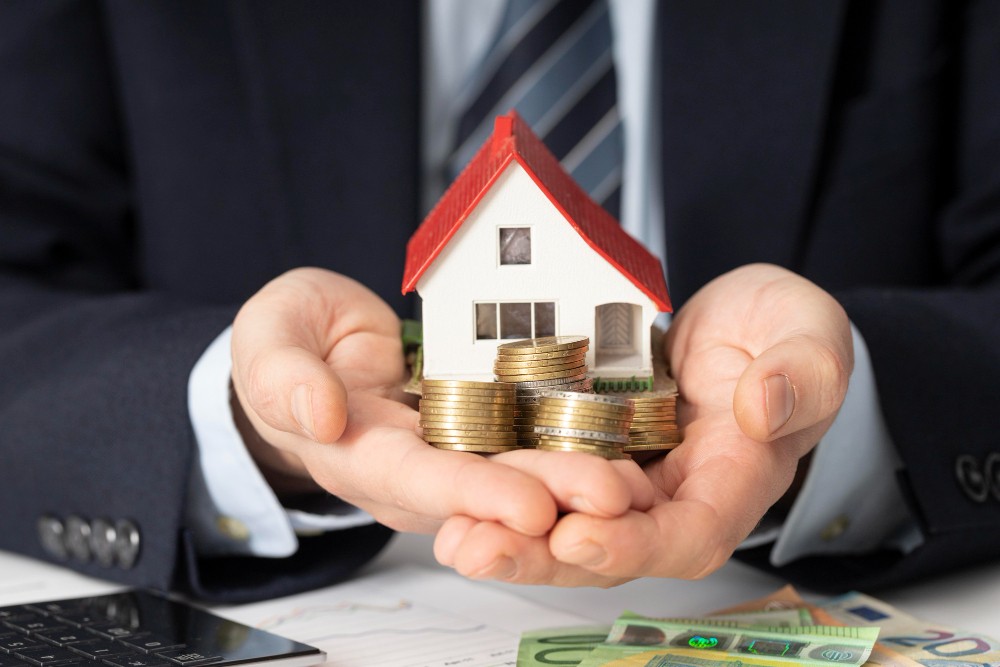Home insurance is a crucial safeguard against unexpected events that could damage or destroy your home and belongings. However, there are many misconceptions about home insurance coverage and claims that can lead homeowners to make costly mistakes. In this comprehensive guide, we’ll debunk some of the most common myths about home insurance, provide clarity on coverage options, and offer insights into navigating the claims process effectively.
Common myths about home insurance
Myth 1: Home Insurance Covers All Types of Damage
Reality: While home insurance provides coverage for a wide range of perils, it doesn’t cover everything. Standard policies typically cover damage caused by fire, windstorms, hail, theft, and vandalism. However, certain perils like floods, earthquakes, and sewer backups may require separate policies or endorsements.
Myth 2: Home Insurance Covers the Market Value of Your Home
Reality: Home insurance policies are designed to cover the cost of repairing or rebuilding your home, not its market value. The coverage amount should reflect the cost of rebuilding your home at current construction prices. It’s essential to periodically review and update your coverage limits to ensure they adequately reflect the replacement cost of your home.
Myth 3: Home Insurance Covers Routine Maintenance and Wear and Tear
Reality: Home insurance is intended to cover sudden and unexpected damage, not routine maintenance or wear and tear. Damage caused by neglect, lack of maintenance, or gradual deterioration over time is typically not covered by home insurance. It’s essential to take proactive steps to maintain your home and address minor issues before they escalate into major problems.
Myth 4: Making a Home Insurance Claim Will Automatically Increase Your Premiums
Reality: While filing a home insurance claim can lead to higher premiums in some cases, it’s not always the case. Insurance companies consider various factors when determining premiums, including your claims history, the severity of the claim, and the frequency of claims in your area. In some situations, it may be more cost-effective to pay for minor repairs out of pocket rather than filing a claim.
Myth 5: Home Insurance Covers Home-Based Businesses
Reality: Most standard home insurance policies provide limited coverage for business-related property and liability risks. If you operate a home-based business, you may need to purchase additional coverage, such as a business owner’s policy (BOP) or a commercial insurance policy, to protect your business assets adequately.
Myth 6: You Can’t Switch Home Insurance Companies Mid-Policy
Reality: You have the right to switch home insurance companies at any time, even if you’re in the middle of your policy term. However, it’s essential to consider the timing and potential consequences of switching insurers, such as cancellation fees or loss of discounts. Before making a switch, compare quotes from multiple insurers to ensure you’re getting the best coverage and rates.
Myth 7: Renters Don’t Need Home Insurance
Reality: While renters don’t need home insurance to protect the structure of their rental property (that’s the landlord’s responsibility), they still need coverage for their personal belongings and liability risks. Renters insurance provides coverage for personal property, loss of use, and liability protection, making it essential for renters to safeguard their financial interests.
Myth 8: Home Insurance Covers Expensive Items at Replacement Cost
Reality: Home insurance policies typically have coverage limits and special sub-limits for certain types of valuable items, such as jewelry, art, and electronics. If you own high-value items, you may need to purchase additional coverage, known as scheduled personal property coverage or a personal articles floater, to ensure they’re fully protected at replacement cost.
Myth 9: You Don’t Need Home Insurance if You Own Your Home Outright
Reality: While there’s no legal requirement to carry home insurance if you own your home outright, it’s still a wise investment to protect your investment and financial security. Home insurance provides coverage for property damage, liability risks, and additional living expenses, offering peace of mind and financial protection in the event of unforeseen disasters.
Myth 10: All Home Insurance Policies are the Same
Reality: Home insurance policies vary widely in terms of coverage options, limits, deductibles, and exclusions. It’s essential to carefully review and compare policies to ensure you’re getting the coverage you need at a price you can afford. Consider factors such as coverage limits, deductibles, endorsements, and customer service reputation when selecting a home insurance policy.
Navigating the Claims Process
In the event of damage to your home or property, it’s crucial to navigate the claims process effectively to ensure a smooth and timely resolution. Here are some tips for filing a home insurance claim:
- Document the Damage: Take photos or videos of the damage to your home and belongings as soon as it’s safe to do so. Documenting the damage will help support your claim and ensure that you receive fair compensation.
- Contact Your Insurance Company: Notify your insurance company as soon as possible to file a claim. Be prepared to provide detailed information about the damage, including the date, time, and cause of the loss.
- Mitigate Further Damage: Take reasonable steps to prevent further damage to your home or property. This may include making temporary repairs, securing the property, and keeping records of any expenses incurred.
- Work with Your Adjuster: Your insurance company will assign an adjuster to assess the damage and determine the amount of your claim. Cooperate fully with the adjuster and provide any requested documentation or information promptly.
- Review Your Settlement: Carefully review the settlement offer from your insurance company to ensure it accurately reflects the extent of the damage and your policy coverage. If you have any concerns or questions, don’t hesitate to reach out to your insurance company for clarification.
FAQs
- Do I need home insurance if I rent my home?
While home insurance isn’t required for renters to protect the structure itself (that’s the landlord’s responsibility), renters insurance provides coverage for personal belongings and liability risks. It’s highly recommended for renters to safeguard their belongings and financial interests.
- Does home insurance cover damage from natural disasters like floods and earthquakes?
Standard home insurance policies typically do not cover damage from floods or earthquakes. Homeowners may need to purchase separate policies or endorsements for these perils. Flood insurance is available through the National Flood Insurance Program (NFIP) or private insurers, while earthquake insurance can be obtained as an endorsement or standalone policy.
- Will filing a home insurance claim raise my premiums?
Filing a home insurance claim may lead to higher premiums in some cases, but it’s not guaranteed. Insurance companies consider various factors when determining premiums, including your claims history, the severity of the claim, and the frequency of claims in your area. It’s essential to weigh the potential increase in premiums against the benefits of filing a claim before making a decision.
- What should I do if my home is damaged by a natural disaster?
If your home is damaged by a natural disaster, the first step is to ensure your safety and the safety of your family. Once it’s safe to do so, document the damage by taking photos or videos, and then contact your insurance company to file a claim. Be prepared to provide detailed information about the damage and cooperate fully with the claims process.
- Does home insurance cover the cost of temporary housing if my home is uninhabitable?
Yes, most home insurance policies include coverage for additional living expenses (ALE) if your home is uninhabitable due to covered damage. ALE coverage typically reimburses you for the additional costs of temporary housing, meals, and other essential expenses while your home is being repaired or rebuilt.
Conclusion
By debunking common myths about home insurance coverage and claims, homeowners can make more informed decisions about protecting their homes and belongings. Understanding what is and isn’t covered by home insurance, as well as how to navigate the claims process effectively, can help homeowners avoid costly mistakes and ensure they have adequate financial protection in the event of unexpected disasters. If you have questions or concerns about your home insurance coverage, be sure to consult with a licensed insurance professional for personalized advice and guidance.


















